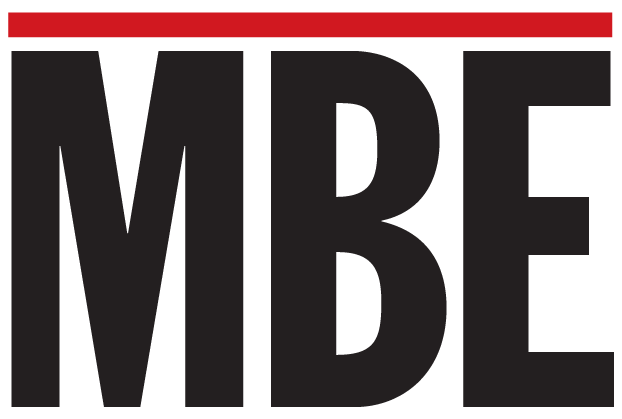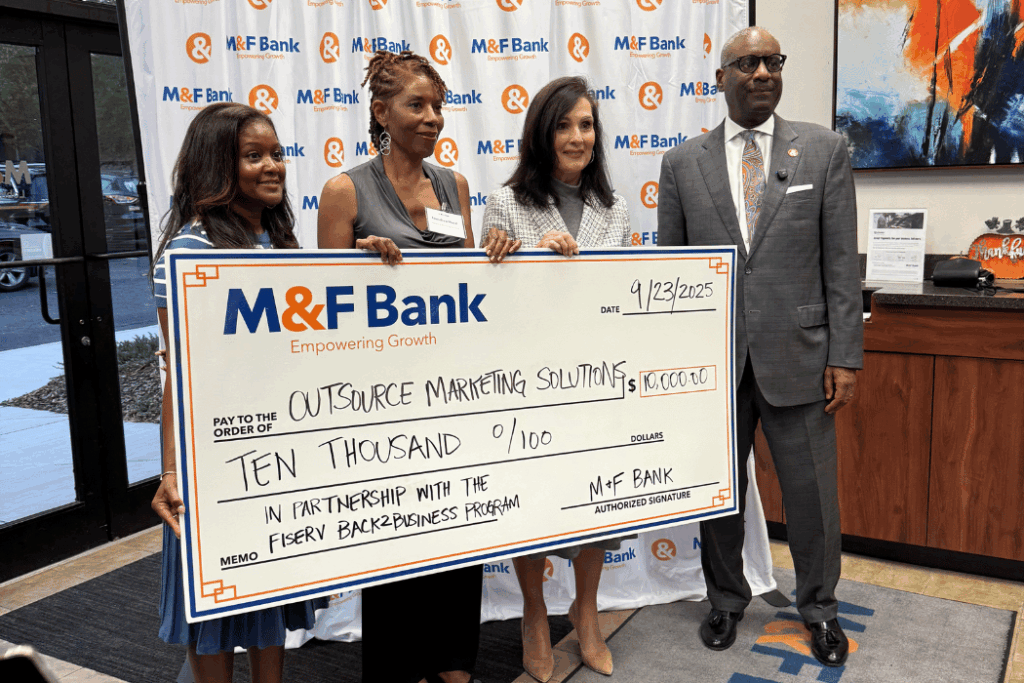
Too often, brands see their social media presence as a direct extension of their marketing arm. The mantra of “sell, sell, sell” bleeds into every post. This approach runs the risk of alienating frequent social media users who are looking to escape ads, and are easily put off by sales and marketing language. What’s a brand to do?
Every company that attempts to have a social media presence wants to stand out in the best way possible. Those that do use their social feeds, over time, to build trust and community with audiences that might not otherwise be exposed to their brand. Getting there requires a blend of content—not just sales talk—using original language that knows when to break away from the norm.
Striking the balance
The professional consensus has formed around a “50-30-20 rule” for how to balance social media content. The last of the three percentages, the 20 percent, reflects how much should be considered “promotional.”
For most marketing professionals, this will be the intuitive part. Designing and devising visual assets, language, and other promotional materials are time-honored pillars of any marketing campaign. These materials are naturally portable onto social media platforms. The same high-resolution image that catches eyes in an email campaign will probably do well on Facebook, Threads, or LinkedIn. Because most social platforms limit character count, the written messaging need not be long.
The roughly 80 percent of your social media content that is not promotional is where things get tricky. The 50-30-20 rule dictates that 50 percent of social content should be created (or “engaging”), and 30 percent should be curated. What does that mean, exactly?
Understanding created social media content
Created content, simply put, is any content produced within your organization. In the context of the 50-30-20 rule, it’s content that is not designed to sell, but rather to engage, inform, educate, or occasionally entertain.
A strong social media team will be equipped with the expert knowledge about a company’s people, products and services, and the industry context in which it exists. Leveraging that expertise shouldn’t be hard—topical, non-sales-focused content material is everywhere. A post that celebrates your female employees during Women’s History Month offers potential customers and clients an insight into your workforce and its values. A daily, weekly or monthly trivia quiz (relevant to your brand) can gain a loyal following, if every post shows up on time. The only limits to created content are a platform’s character count and media bandwidth, and your own imagination.
Some will be more tempted than others to jump in on a meme or trend. Viral posts that ask users to “post a picture” or “name a celebrity” or “think of a time” will often elicit a knee-jerk response. Feel free to sit those out. The risk/reward ratio for jumping in on a trend is high. The odds of “going viral” for the right reason are low, and could easily invite criticism from those who don’t see the humor in your post. You don’t have to jump in on every meme or trend, and probably shouldn’t!
Understanding curated social media content
The 30 percent of your social content that is “curated” will draw on outside sources for inspiration. More than ever, consumers rely on branded social media accounts to share trusted sources of news.
Sharing reliable news, scholarly research, or other informative content relevant to your industry can demonstrate expertise over time, while promoting immediate awareness of a topic relevant to your brand’s mission statement. Establishing your account as a reliable source of relevant information might not directly lead to sales, but it can foster long-term trust, spark discussion, and grow your follower count—important goals for brands old and new to the social media game.
User testimonials from your website are also free, curiosity-sparking sources of content. If your website doesn’t have a feedback form, you’ll want one — if only to help feed your social content calendar. Newer organizations might not have many user testimonials they can share. That’s OK. Every social media account has to start somewhere.
The challenge of being authentic
Achieving the 50-30-20 balance is just one prong of a broader strategy. Before launching any new social media channel, brands old and young need to do their homework. What content is popular on the channel with your competitors? With organizations in another industry with a similar size, mission statement, or regional interest compared to your own?
Nor should 50-30-20 be an ironclad rule. There will be times when a new product or service achieves enough “buzz” to go beyond 20 percent for a day. Other times, the online buzz around a topic relevant to your industry will yield engaging discussion from your followers, or offer your own team the opportunity to “go deeper” on a subject relevant to your lane of expertise. Trends break quickly, and brands must be flexible enough to adapt and respond to the moment—to “read the room” and its emotional current.
Regardless of how you seek to balance your social content, remember to be authentic to your brand and its target audience. No two corporate social media feeds will look exactly the same. A company that consists of 10 employees will have a different social media presence than one that consists of 1,000. Whether your company has existed for 100 years or 100 days, it’s important to start with what you know.
Generally speaking, the balance of social media content should hold steady throughout the year. Educating and informing should comprise the majority of a channel’s content. The goals of social media—building trust and community, and fostering two-way engagement—necessarily appeal to a more general audience than perhaps any other public-facing forum. Copying and pasting sales language, hitting send, and calling it a day won’t meet those goals.













